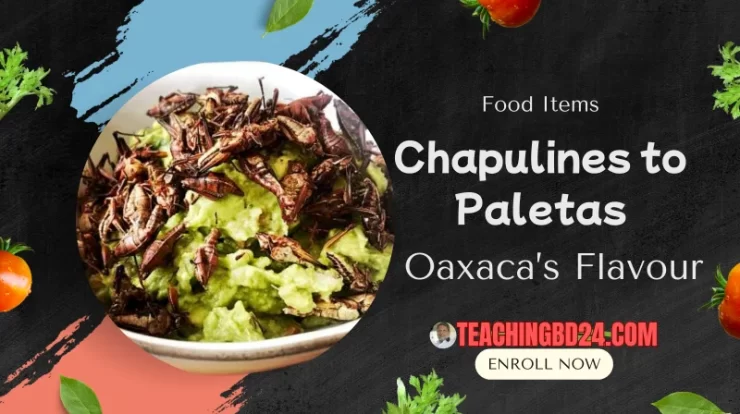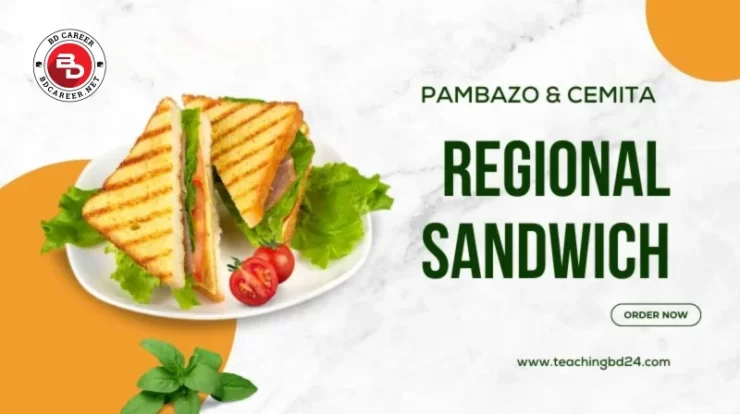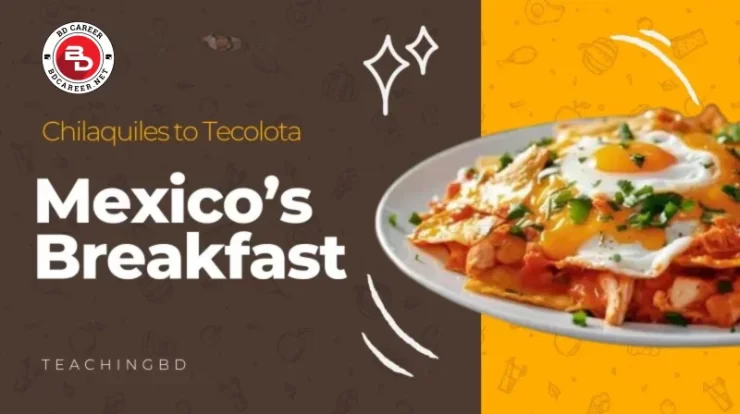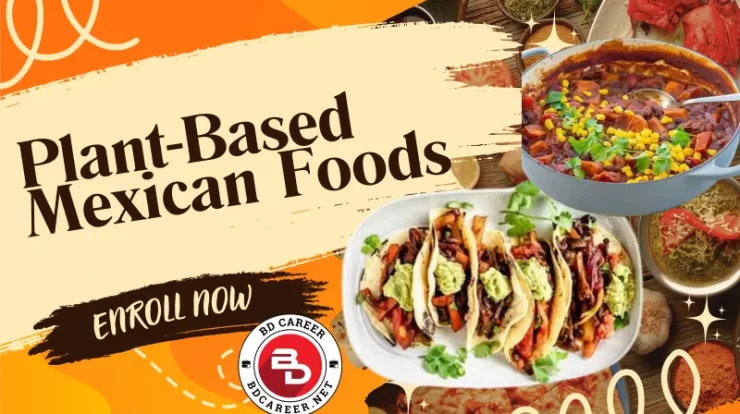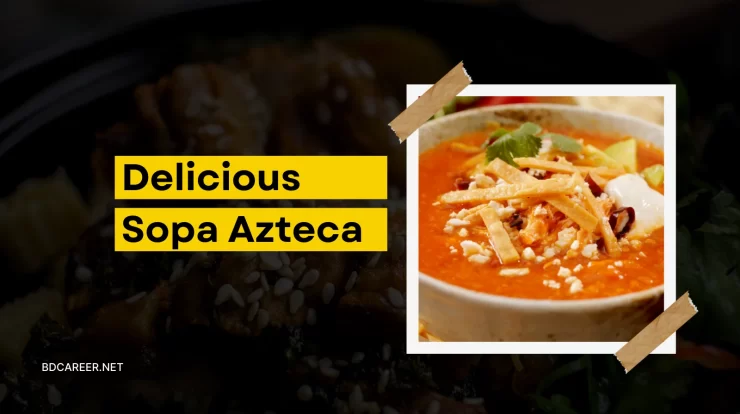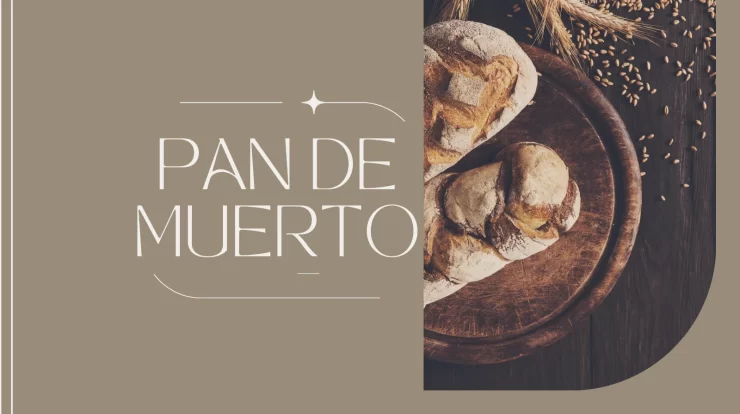
Walk through the colourful chaos of a Mexican street market, and you’ll find yourself guided by the smell of sizzling masa wafting from a flat clay griddle known as a comal. Vendors, often elderly women in embroidered aprons, rhythmically pat dough into thick, oval discs, stuff them with beans or cheese, and lay them down to char. With a quick flip, the masa cake begins to blister and release its aroma, earthy, nutty, and irresistible. This is the tlacoyo, one of Mexico’s street foods, a dish that predates the Spanish conquest and continues to carry the weight of indigenous heritage in every bite.
More than just street food, tlacoyos are a culinary time capsule, connecting present-day eaters to the daily lives of Aztec and Mesoamerican peoples. Their survival on griddles across Mexico tells a story of endurance, adaptation, and cultural pride.
Contents
A Journey Back to Origins
The roots of tlacoyos stretch deep into the civilizations of Mesoamerica. Long before the arrival of Europeans, indigenous communities such as the Aztecs, Otomi, and Purépecha cultivated maize as a sacred staple and crafted tlacoyos as a portable, nourishing meal. The word “tlacoyo” itself derives from the Nahuatl language, reflecting the food’s indigenous lineage.
In pre-Hispanic times, tlacoyos were essential sustenance for farmers, hunters, and traders who relied on their durability and energy-providing ingredients. They were commonly eaten during festivals, daily meals, and sacred ceremonies, serving both nutritional and social functions. The traditional preparation methods used by these ancient peoples were deeply tied to their worldview and the land that sustained them.

The Heart of Tlacoyos: Ingredients and Craftsmanship
Central to any tlacoyo is corn masa, the dough made from nixtamalized maize. The nixtamalization process, which involves soaking dried corn kernels in an alkaline solution before grinding, unlocks nutrients and enhances the dough’s flavor and texture. Corn, or maize, was and remains a sacred food in many indigenous cultures, symbolizing life, sustenance, and connection to the earth.
Tlacoyos are shaped thick and oval, then stuffed with fillings that vary according to region and availability. Traditional fillings include fava beans, black beans, fresh cheese, crisp pork chicharrón, and the prized delicacy huitlacoche, a corn fungus valued for its earthy flavor. This wide variety of fillings reflects the resourcefulness and agricultural knowledge of indigenous peoples, who made the most of their environment’s bounty.
Once shaped and filled, tlacoyos are cooked on a comal, a flat griddle made of clay or metal. This method imparts a light char and smoky depth while sealing the filling inside. The skillful hands of vendors expertly flip the cakes to achieve the perfect balance of crisp exterior and soft interior. This preservation of ancient cooking techniques underscores the cultural significance embedded in each bite.
Ingredients and Preparation
At first glance, a tlacoyo may resemble a tortilla, but its differences become clear upon closer inspection. Unlike the thin, pliable tortilla, a tlacoyo is:
- Thick and oval-shaped, typically the size of a hand.
- Stuffed before cooking, giving it heartiness and flavor.
- Cooked directly on a comal, often without oil.
The most traditional fillings remain humble:
- Refried black beans – the most iconic and common.
- Requesón (fresh cheese) – soft, crumbly, and mild.
- Chicharrón prensado – pressed pork crackling for a richer flavor.
- Fava beans – an ancient pre-Hispanic staple.
Once filled, the tlacoyo is pressed, cooked on the comal, and served topped with nopales (cactus paddles), crumbled cheese, onions, cilantro, and salsa.
The choice of corn matters too. While white and yellow corn are often used, the sight of blue corn tlacoyos is particularly striking. Blue maize, indigenous to Mexico, not only offers higher nutritional value but also connects eaters to ancient agricultural traditions.

Tlacoyos Take to the Streets
Over centuries, the role of tlacoyos evolved from an indigenous staple food to a beloved street delicacy. Today, they are a fixture in Mexico’s bustling markets and street corners, especially in Mexico City and the central plateau region. Vendors prepare them fresh every day, catering to a diverse clientele who appreciate their authentic taste and affordability.
What makes street tlacoyos particularly special is their connection to indigenous traditions that persist despite urbanisation and globalisation. Many vendors come from indigenous backgrounds and keep alive the culinary knowledge passed down through generations. Regional variations flourish, with some areas favoring specific fillings or garnishes such as salsa, nopal cactus, or fresh cheese crumbles. These differences showcase the dynamic and living nature of indigenous food culture as it adapts to modern contexts.
A Symbol of Cultural Revival and Indigenous Pride
In recent years, a broader movement has taken shape to revive and celebrate Mexico’s indigenous food heritage, with tlacoyos at the forefront. They symbolize food sovereignty, a concept emphasizing indigenous control over traditional foods, agricultural practices, and cultural expression amid pressures from industrialized food systems.
Chefs, activists, and cultural organizations have championed tlacoyos as part of efforts to preserve indigenous languages, recipes, and identities. Culinary workshops, food festivals, and educational programs increasingly highlight tlacoyos not just as tasty snacks, but as cultural artifacts deserving respect and preservation.
This revival goes beyond nostalgia; it fuels economic opportunities for indigenous vendors and fosters pride in heritage among younger generations. By consuming and promoting tlacoyos, Mexicans reconnect with their ancestral roots and assert the value of indigenous knowledge in contemporary society.
Nutrition and Culinary Significance
Beyond cultural importance, tlacoyos offer notable nutritional benefits rooted in millennia of traditional food wisdom. Corn masa provides complex carbohydrates and fiber, sustaining energy over long periods. The use of beans and other fillings adds plant-based proteins, vitamins, and minerals essential to balanced diets.
Unlike many modern processed snacks, tlacoyos rely on whole, natural ingredients cooked and fresh. This makes them a healthier alternative to fast food, aligning well with the current culinary trend favoring authenticity, locality, and sustainability. As global interest in indigenous foods grows, tlacoyos stand out as a delicious symbol of the nutritional wisdom embedded in traditional Mexican gastronomy.

Challenges and Continuing the Tradition
Despite their enduring appeal, tlacoyos face challenges. The rise of global fast food chains and processed snacks threatens the survival of traditional street food vendors. In some urban areas, gentrification and regulatory pressures endanger humble tlacoyo stalls, jeopardizing livelihoods and cultural transmission.
However, numerous initiatives are working to counter these trends. Indigenous organizations advocate for legal protections and market access for traditional foods. Cultural programs encourage young people to learn ancestral recipes and cooking methods. Tourism efforts highlight authentic food experiences that include tlacoyos, creating new sustainable income streams.
The future of tlacoyos depends on this intersection of preservation and innovation, maintaining respect for ancient roots while embracing fresh opportunities to thrive in a globalized world.
Conclusion
Tlacoyos are more than just street food. They are living links to Mexico’s rich indigenous past. Each thick, filled corn cake tells a story of resilience, cultural pride, and deep connection to the land and history. In every market corner where tlacoyos sizzle on the comal, the spirit of pre-Hispanic communities is revived and celebrates a heritage that continues to shape Mexican identity.
By enjoying and supporting tlacoyos, we partake in a vibrant cultural revival that honors indigenous food sovereignty, sustains traditional knowledge, and nourishes bodies and souls alike. Tlacoyos invite us all to savor history’s flavors and recognize the vital role of indigenous heritage in Mexico’s culinary and cultural landscape. At the end of the day, we can say Tlacoyos is the best street food in Mexico.
